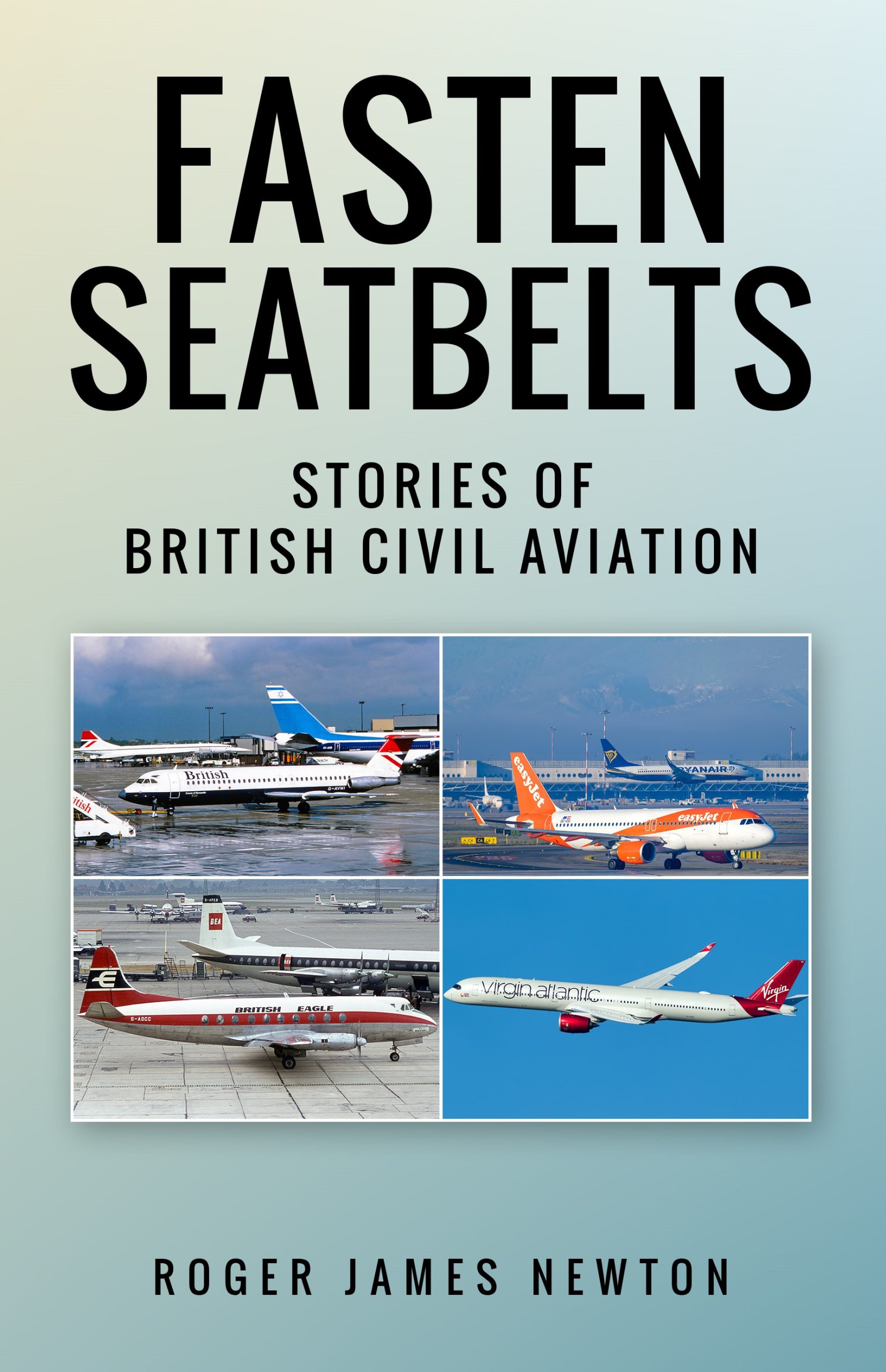“Fasten seatbelts” may be a routine phrase today, but behind it lies a century of hard-earned lessons from British civil aviation. The future of air travel may be digital, eco-conscious, and borderless—but it would be shortsighted to ignore how it was created from the turbulence and triumphs of the past.

As Roger James Newton’s Fasten seatbelts – Stories of British Civil Aviation reveals, Britain’s aviation journey is filled with innovation, missteps, recoveries, and visionary personalities. While today’s airlines focus on algorithms, low-cost models, and sustainability, the past offers invaluable wisdom on resilience, customer trust, leadership, and technological evolution.
The de Havilland Comet, the world’s first commercial jet airliner, was a dazzling achievement—until it wasn’t. It’s tragic mid-air breakups, later attributed to the previously unknown concept of metal fatigue, taught the aviation industry a hard truth: no amount of engineering glory can bypass rigorous testing. Modern carriers rushing to introduce new aircraft or onboard tech can learn from the lessons of the Comet. Innovation must proceed with appropriate caution.
Today, aircraft design has long lead times, but pressure from market competition can tempt designers to cut corners. British aviation’s history reminds modern leaders that quality and timing must go hand in hand. Boeing’s recent problems with its latest Boeing 737 MAX aircraft show that important lessons are still being learned.
Visionaries like Freddie Laker, Alan Cobham, and Richard Branson didn’t just move airplanes—they moved public perception. Laker’s Skytrain concept revolutionized transatlantic travel. Branson’s Virgin Atlantic defied monopolies through daring, branding, and customer-centric services. These figures showed that leadership charisma, public engagement, and business courage were as vital as the aircraft themselves.
In today’s airline industry dominated by faceless corporations, brands can rediscover the power of personality. Flyers still crave stories, transparency, and passion—values that once helped British aviation rise to lead the world.
Post-World War II, Britain’s state-owned airlines had to reinvent themselves quickly using a patchwork fleet of derivatives of ex-military planes. Their success lay in adaptability: taking what they had, and using it to serve an eager population ready to travel. This spirit re-emerged in moments like the 1948 Berlin Airlift and the emergence of package holidays flights in the 1960s.
The modern airline industry has grown hugely but faces a different challenges—post-pandemic recovery, climate concerns, and fuel price volatility. Still, these lessons remain the same and relevant. Airlines that embrace hybrid models, diversify revenue streams, or innovate logistics, like many British Independents once did, will thrive.
From Imperial Airways’ elegant flying boats to British European Airways’ meticulous attention to detail, service was once a calling card. Even when the cabins were cold and unpressurized, flying was glamorous and passengers felt part of something extraordinary.
Today, in a race to the bottom, budget airlines often compromise service. But the history of British civil aviation shows the importance of passengers remembering how they were treated—sometimes more than how fast they arrived. In an age of social media and instant feedback, treating every passenger with dignity isn’t old-fashioned; it’s future-proof.
British Airways still leverages its heritage, by highlighting its past connection with Concorde and its royal associations. Newton’s book presents stories of air passenger travel in the late 1950s and recollections of working in the Industry in the 1970s and 1980s. It underscores that national aviation stories can enhance credibility, loyalty, and emotional connection.
In the 21st century, legacy airlines can use storytelling and historical branding to stand out in a crowded field. What made British aviation iconic wasn’t just technology. It was identity.
The skies of today may be filled with noise-cancelling headphones, carbon offset calculators, and AI-powered booking engines. But as Fasten seatbelts reveals, it was the principles of courage, caution, innovation and integrity which shaped Britain’s aviation century. And they remain strikingly relevant. If 21st-century airlines want to soar in the decades ahead, they’d do well to look over their shoulder—at the propellers and pioneers that got us here.
For more information and insight, please read Fasten seatbelts – Stories of British Civil Aviation.